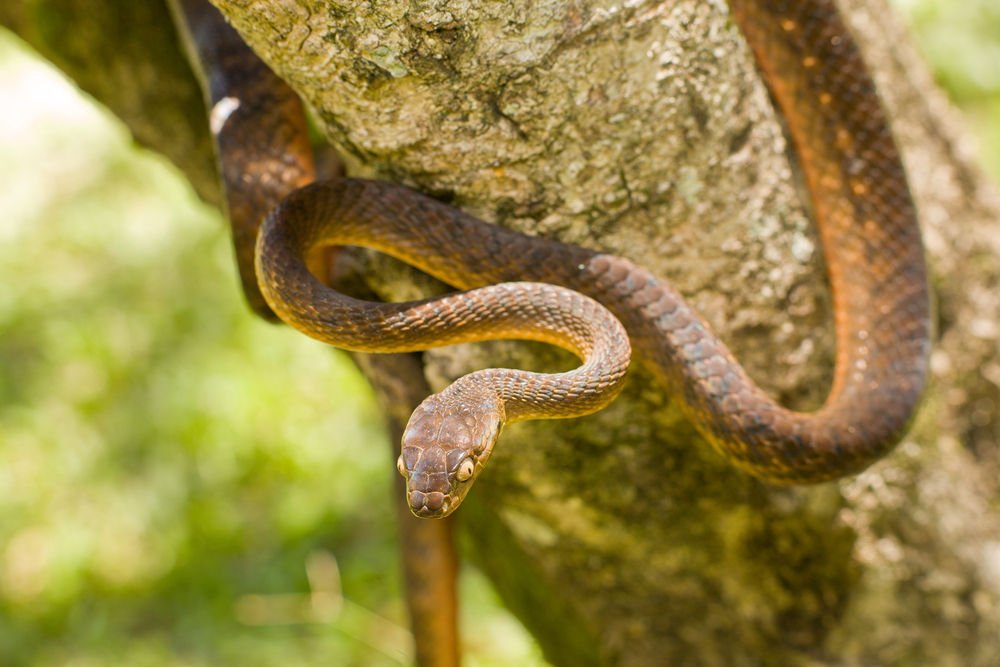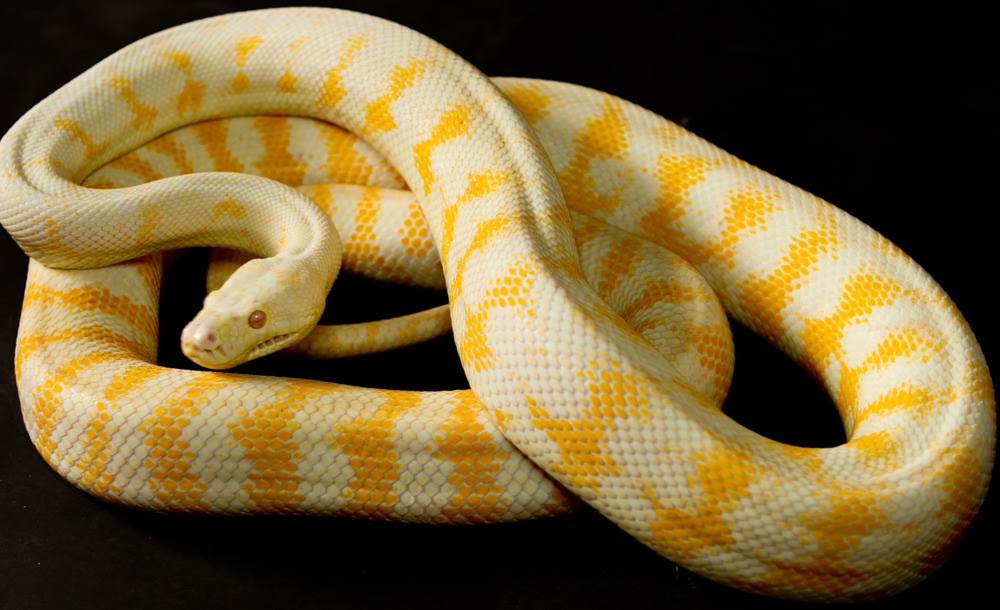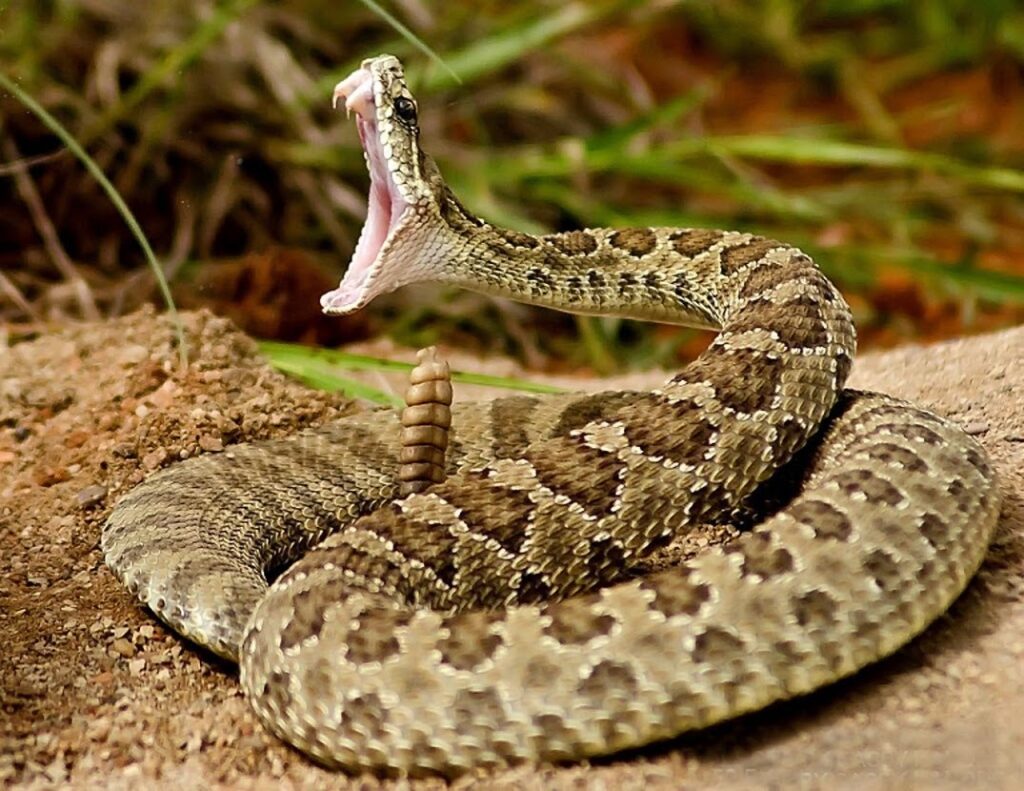Table of Contents
ToggleIntroduction

Many people interested in nature and science find snakes fascinating because of their sinuous grace and incredible flexibility. The subject of whether snakes can climb over a rope is a common one. Here, we look at the fascinating realm of snake behavior, Will Snakes Crawl Over A Rope, investigating what makes snakes move, how they interact with things up there, and what situations they could find themselves in when navigating a rope.
Learning How Snakes Move
Understanding the fundamentals of snake movement before exploring ropes and snakes in detail is crucial. Snakes have a distinct gait that is called lateral undulation. As a result of alternating tension and relaxation of muscles along their length, the body moves in a twisting motion from side to side. Understanding this basic locomotion feature can initiate the investigation of snakes’ interactions with three-dimensional objects, such as ropes.
From humid jungles to deserts, snakes may find a home in any habitat they can imagine. Even though most species live on the ground, there are a few that can climb trees and are known to inhabit treetop environments. Arboreal snakes have acquired unique anatomical traits to help them climb and navigate through foliage, including ventral scales and prehensile tails.
A snake’s propensity to climb across a rope depends on several things. Considerations include species, size, environment, and accessibility of appropriate climbing structures. While certain terrestrial snakes may not tend to climb, arboreal snakes, like tree snakes, are more prone to do so.
How Arboreal Snakes Climb
Their prehensile tails are an incredible adaptation that allows arboreal snakes to cling to branches and other elevated surfaces. Muscular and pliable, the tail is an extra limb, allowing them to grip tree branches better as they navigate.
The arboreal snake uses a strategy called body coiling to cling to branches. Their strong grasp is achieved by encircling an object or a branch with their bodies. Snakes can repose safely in elevated positions thanks to their coiling method, which also helps them climb.
The remarkable ability to selectively control muscles allows arboreal snakes to independently move certain parts of their bodies. This selective control is essential for accurate movement, particularly while negotiating the complex web of tree branches.
Natural Structures Resembling Rope In Nature
Snakes often come across vines, branches, or slender vegetation in their natural habitats that resemble ropes. Their capacity to traverse such constructions depends on the surface’s stability, diameter, and texture. Snakes can accurately assess the potential obstacles and appropriately change their course of action.

Findings From The Experiment
Research and controlled experiments have shown how snakes alight on tall buildings. In certain trials, snakes have proven the potential to climb rough surfaces, including ropes. The success of this behavior is contingent on the snake’s ability to gain traction and secure a grip on the surface.
Risks And Challenges Of Vertical Movement
Limited Limbless Anatomy: Snakes lack limbs, and their bodies are geared for lateral undulation, not vertical ascent. The absence of limbs means they rely on specialized muscle movements to navigate, which may be less efficient for climbing than creatures with limbs optimized for vertical mobility.
Surface Texture And Traction: The success of a snake’s vertical movement is greatly controlled by the texture of the surface. Smooth or slick surfaces pose obstacles, as snakes may struggle to obtain traction. Ropes or similar constructions with insufficient grip might lead to falls, potentially causing harm or stress for the snake.
Risk Of Falling: Climbing necessarily implies the risk of falling, which can be very difficult for a limbless species like a snake. In the wild, a fall from a tree or another tall structure might result in injuries, limiting the snake’s ability to hunt, dodge predators, or reproduce.
Injury And Stress: The physical strain of climbing, especially on surfaces with weak traction, can cause stress and damage for snakes. Abrasions, cuts, or scale damage may occur during vertical travel, particularly if the snake passes over tough or abrasive materials.
Other Factors
Energy Expenditure: Climbing needs increased energy expenditure from snakes. While certain species specialize in arboreal living, others may find climbing extremely draining. In captivity, building climbing structures should consider energy expenditure, ensuring the snake can access elevated regions without undue stress.
Temperature Regulation: Snakes rely on their environment to regulate their body temperature. Climbing into elevated regions may expose them to temperature variations that can influence their thermoregulation. Inappropriate temperature conditions can impact digestion, metabolism, and general health.
Predator Exposure: Vertical mobility may expose snakes to heightened predation risks. While arboreal snakes have evolved methods to escape predators in trees, not all snake species possess similar adaptations. Climbing may mistakenly expose snakes to avian predators or other risks they would not experience on the ground.
Species-Specific Behavior
Different snake species have acquired distinct behavioral adaptations. While certain tree-dwelling snakes are good climbers, many ground-dwelling species may demonstrate extra climbing competence. Snake aficionados need to research the individual behaviors of the species they maintain as pets to ensure their well-being.

Snakes may meet vertical buildings in natural environments when foraging, finding shelter, or exploring their surroundings. Understanding these behaviors aids in our appreciation of snakes’ ecological role and helps dispel myths or misconceptions about their activities in the environment.
Conclusion:
The subject of whether snakes would crawl across a rope is subtle and depends on a multitude of conditions. Snake behavior is diverse, determined by evolutionary adaptations and environmental considerations. While some species may demonstrate climbing behavior on rope-like constructions, it is not common among all snakes. Observing and appreciating these intriguing reptiles’ natural activities assists their well-being and creates a deeper awareness of their role in their environments.







